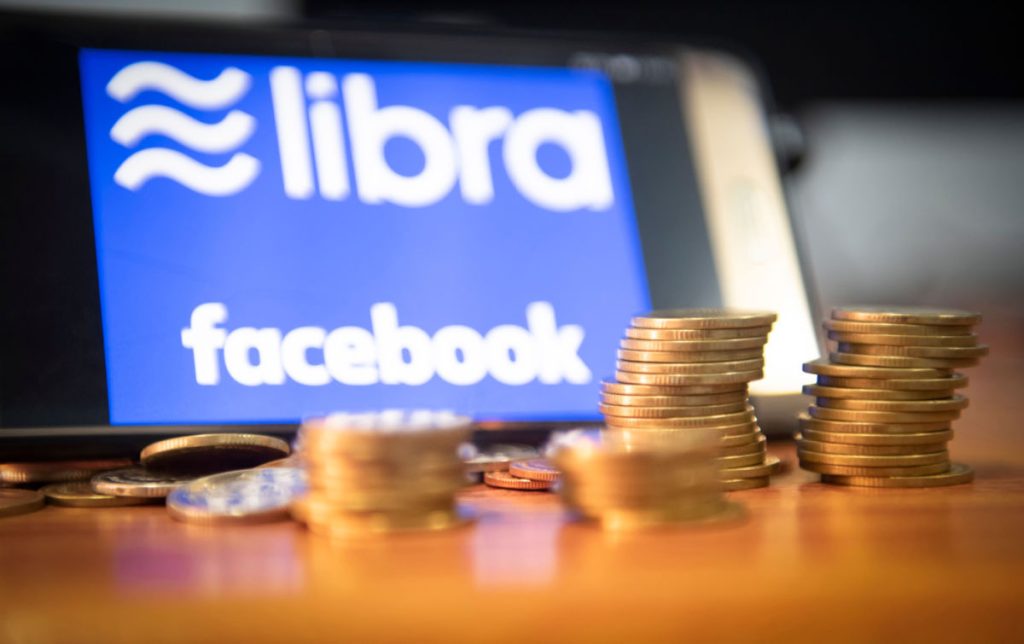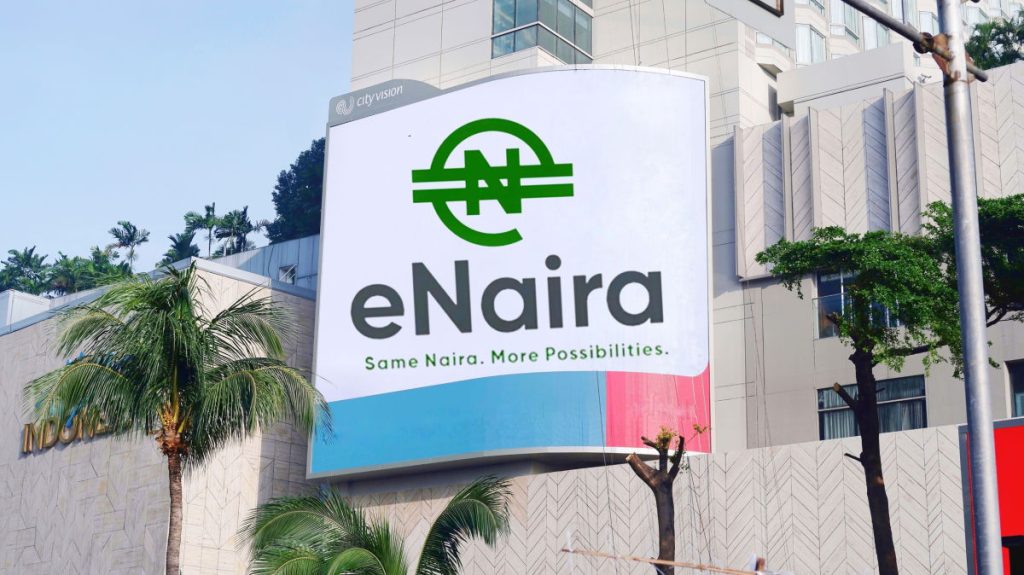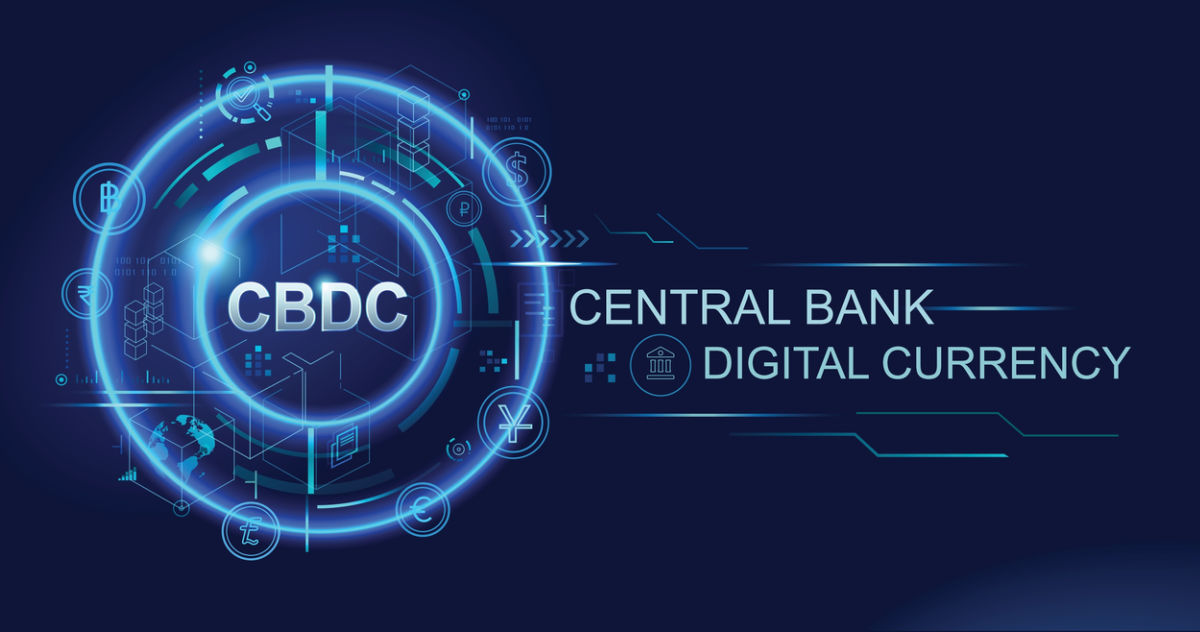Over the past decade, digital payments have experienced an unprecedented surge in growth, surpassing even the most optimistic projections.
Fintech hubs from London to San Francisco, as well as those in smaller countries like Lithuania, have recognised the significance of meeting the changing demands of consumers, which have undoubtedly been accelerated by the COVID-19 pandemic.
As contactless payments and Open Banking become increasingly prevalent, this transformation of digital payments has given rise to a new type of currency that has the potential to revolutionise the direction of the digital economy.
The concept of Central Bank Digital Currencies (CBDCs) began to gain traction in the digital currency discourse around 2015. As early as the following year, R3 had already established itself as a pioneer in this arena, and was already actively engaged in this field by that time.
Ricardo Correia, Head of Digital Currencies and CBDC at R3 – the financial services distributed ledger technology provider – has had a long-storied relationship with currency and payments since his younger days growing up in Zimbabwe.
In 2008, a hyperinflation crisis in Zimbabwe sparked Correia’s intrigue into the mechanics of money and its core values. At that time, the inflation rate accelerated dramatically, from a rate in January of over 100,000%, to an estimated rate of over 1,000,000% by May, and nearly 250,000,000% in July.
As inflation in the African country grew, so too did Correia’s interest in money and payments.

He disclosed: “During the initial stages of my career in Zimbabwe, I became fascinated with payment systems due to the inadequate infrastructure in the country.
“The soaring inflation rate meant that the value of Zimbabwean dollars would rise rapidly and unpredictably, resulting in people having thousands of dollars one day and nothing the next.
“As individuals attempted to swap their Zimbabwean currency for any other viable currency, I witnessed the fervent desire for foreign exchange and the transfer of money across borders. This further piqued my interest in how money and payments work, and in particular the optimisation of their underlying value, operations and processes.”
And the journey now continues in the form of CBDCs. But what exactly are CBDCs and what functions do they possess?
The most pressing question to ask when it relates to CBDCs is what it actually is. Is it a digital version of cash? Or simply a fancy term to describe the fiat money that is held in your online banking account.
Correia explains: “Simply put, CBDCs are a digital form of cash and are distinguished from digital fiat money, which is digital commercial bank deposits, commonly referred to as Tokenised Deposits. CBDCs are a third form of money (alongside cash, notes and coins, and reserves) issued by a country’s central bank, and are a central bank liability.”
According to Correia, CBDCs are a digital representation of physical cash and are differentiated from digital fiat currency, which comprises digital deposits in commercial banks.
CBDCs represent a third form of money alongside physical cash (i.e., notes and coins) and reserves, issued by the central bank of a country, and represent a central bank liability.

He continued: “To illustrate these two distinct types of money, we can consider the example of a £10 note. A CBDC represents the digital equivalent of a physical £10 note in your wallet and can be depicted as a token on your mobile device.
“On the other hand, digital fiat currency is akin to your Barclays bank account, which you access on your mobile or the internet through your banking app.”
Correia highlighted the contrasting features of fiat and central bank currencies and elucidated that the proliferation of CBDCs and the broader digital transformation will likely lead to the ascendance of token-based systems over account-based systems.
According to R3’s Head of Digital Currencies, we may witness this where the primary focus is on the token, rather than the account holder.
He drew a parallel with a scenario where one is given £10 and the recipient can accept the money without ever knowing or having to deal with the person again. In this case, the emphasis is on the token itself, and not the identity of the person who provided it.
This is in contrast to the existing framework, where the spotlight is on the account and the account holder’s identity. To open certain accounts, individuals must furnish specific identity details to banks and satisfy AML/KYC requirements.
Many countries, such as the UK, European Union, Russia, India, Japan and more, are now openly investigating and launching test pilots for their own CBDC native to their national currency. But this was more of a pipedream back in 2016, when the term CBDC was just getting off the ground.
So what exactly was the catalyst for the surge in countries and governments to begin to investigate and make CBDCs a viable form of payment… It had a little something to do with a company known as Facebook.

In June 2019, Facebook (now known as Meta) announced that they were aiming to launch a digital currency called Libra, (shortly after renamed to Diem), and would be available to use for all Facebook users to interact and trade with, with the currency also primed to be used on online marketplaces.
As Correia explains “This event served as a wake-up call for governments and banks.”
He stated that the announcement of Libra by Facebook caused a sense of apprehension, given that the social media giant had over a billion users at the time and the project aimed to develop a new digital currency to be used within its own community.
In essence, over a billion people would have had access to a new currency to transfer and settle value.
Correia explained: “Banks were concerned that people might opt to use Libra instead of fiat/central bank money, which would result in a reduction of payments going through the banking system. More importantly however, it might have an impact on monetary policy more broadly.
“This led to increased development of CBDCs by central and commercial and since then, major projects such as Dunbar and Jura have been exploring the use of CBDCs for various use-cases, including cross-border payments and international settlements.”

That momentum has continued to the point where in 2023, we could see several countries launch a CBDC.
A BIS report into CBDCs noted that back in 2021, its survey of central banks found that 86% are actively researching the potential of CBDCs, with 60% exploring the potential of the technology to back the digital currency and 14% in the process of launching a pilot project.
Several countries are now putting their research into action and have even launched their own CBDCs, like Nigeria’s eNaira.
However, the eNaira has faced challenges in terms of adoption by Nigerians, despite being expected to improve retail payments in the country, due to issues of accessibility and usage. The Nigerian Central Bank has recently taken measures to drive acceptance of the eNaira.
Many people, however, remain uncertain about the primary purpose and functionality of a CBDC, as well as the regulatory framework that must be in place to support and govern Its use.
In the second part of our feature on CBDCs, we delve deeper into these and other issues.




















